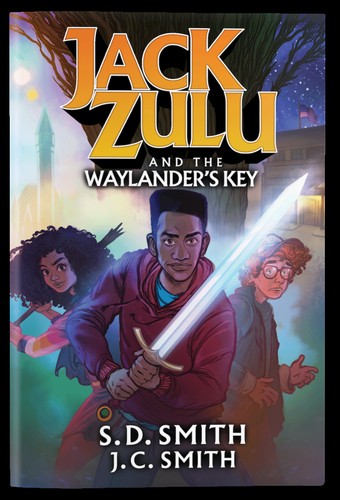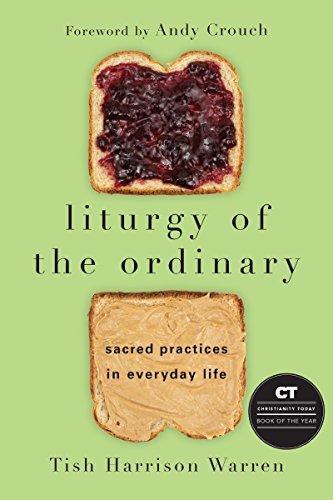I read this book to my kids (eight and ten years old), and we all loved it! Being fans of S.D. Smith's earlier books, we were intrigued to see that he was writing a book with his son... and there were no rabbits. Despite my initial skepticism, the lack of rabbits in this book in no way held it back. However, the feel of this book is a departure from the Green Ember series, and it might not be for everyone. This book felt like equal parts Stranger Things and Adventures in Odyssey, which is a strange combination, but it works.
As the first book in a new series, the Smiths do an excellent job introducing the characters who will hopefully have many more adventures together. Jack is a kid who appears to have a lot of advantages - he is well-liked, a promising athlete, and a genuine friend. …












